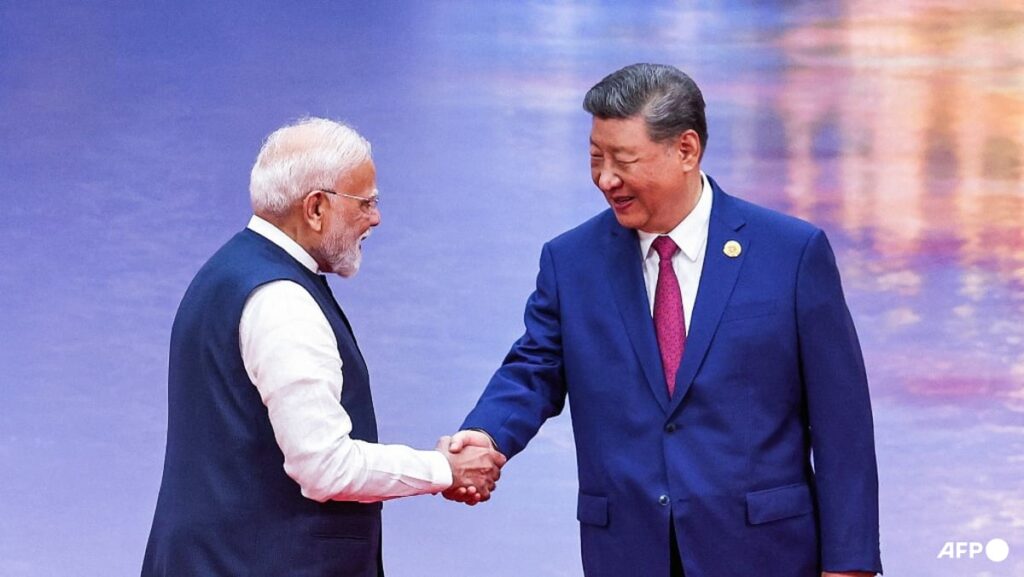The positive direction of ties between China and India enhances stability in the Asia-Pacific. The lower likelihood of a military conflict benefits Southeast Asian states as they can focus on deepening ties with China and India. Closer interaction with Beijing and New Delhi can mitigate the fallout of US tariff policies and strategic retrenchment.
With the opportunity comes challenges. First, as long as the border dispute is not resolved, the ties between China and India can turn volatile at any moment. This requires agile policymaking that is prepared for worst-case scenarios, such as a spike in tensions on the Sino-Indian border followed by a downturn in their bilateral ties.
Second, as China and India vie for influence in Southeast Asia, regional states have to balance their strategic engagements carefully to maintain equidistance between them for the sake of preserving strategic flexibility.
Third, US tariffs already triggered a flow of cheap Chinese goods to Southeast Asia. The situation could turn for the worse if the US and China fail to reach an agreement and Washington maintains hefty tariffs on Beijing.
Now that India is also among the states heavily hit by US tariffs, Indian firms might follow the Chinese playbook and double down on sales to Southeast Asian markets. Therefore, regional states must monitor trade rerouting patterns to protect local businesses from being undercut by cheap imports from China and India.
Ultimately, the trajectory of China-India relations will play a key role in shaping Southeast Asia’s security landscape, geoeconomic outlook, and its capacity to manoeuvre within an increasingly complex, multipolar order.
Daniel Balazs is a Research Fellow in the China Programme of the S. Rajaratnam School of International Studies, Nanyang Technological University, Singapore. The views expressed are his own and do not represent the views of his affiliated institutions.
https://www.channelnewsasia.com/commentary/india-china-modi-xi-partners-competitors-5328466


